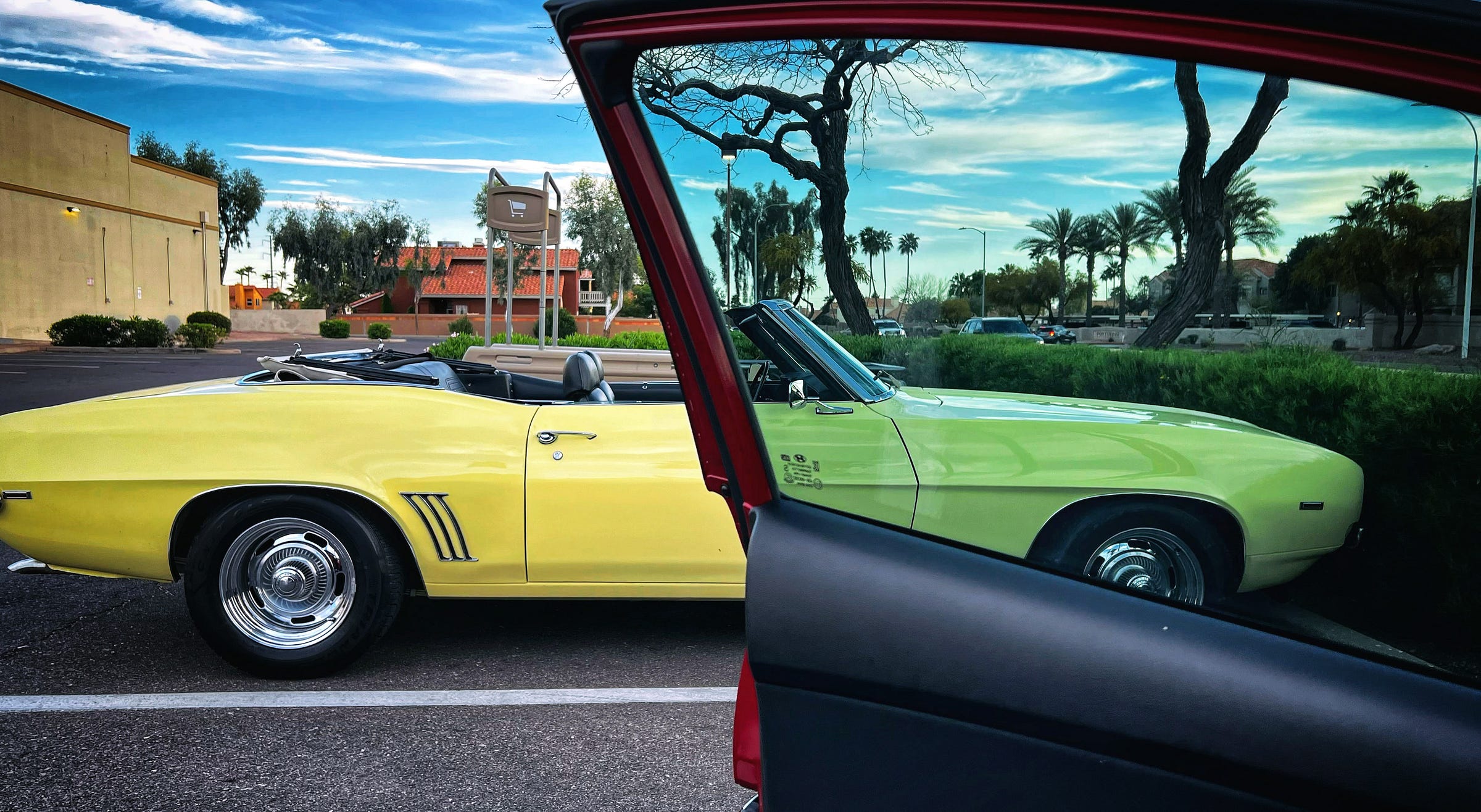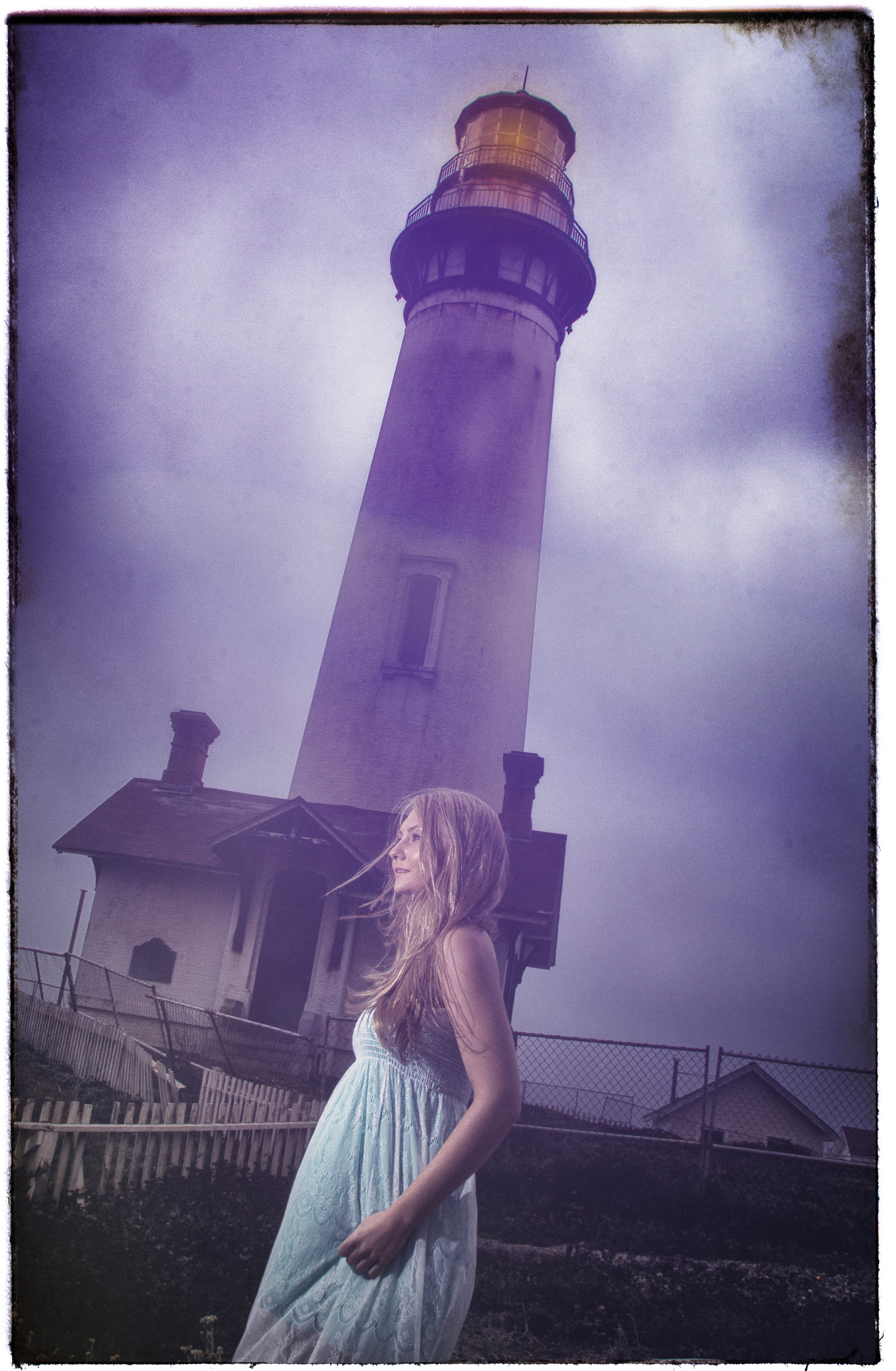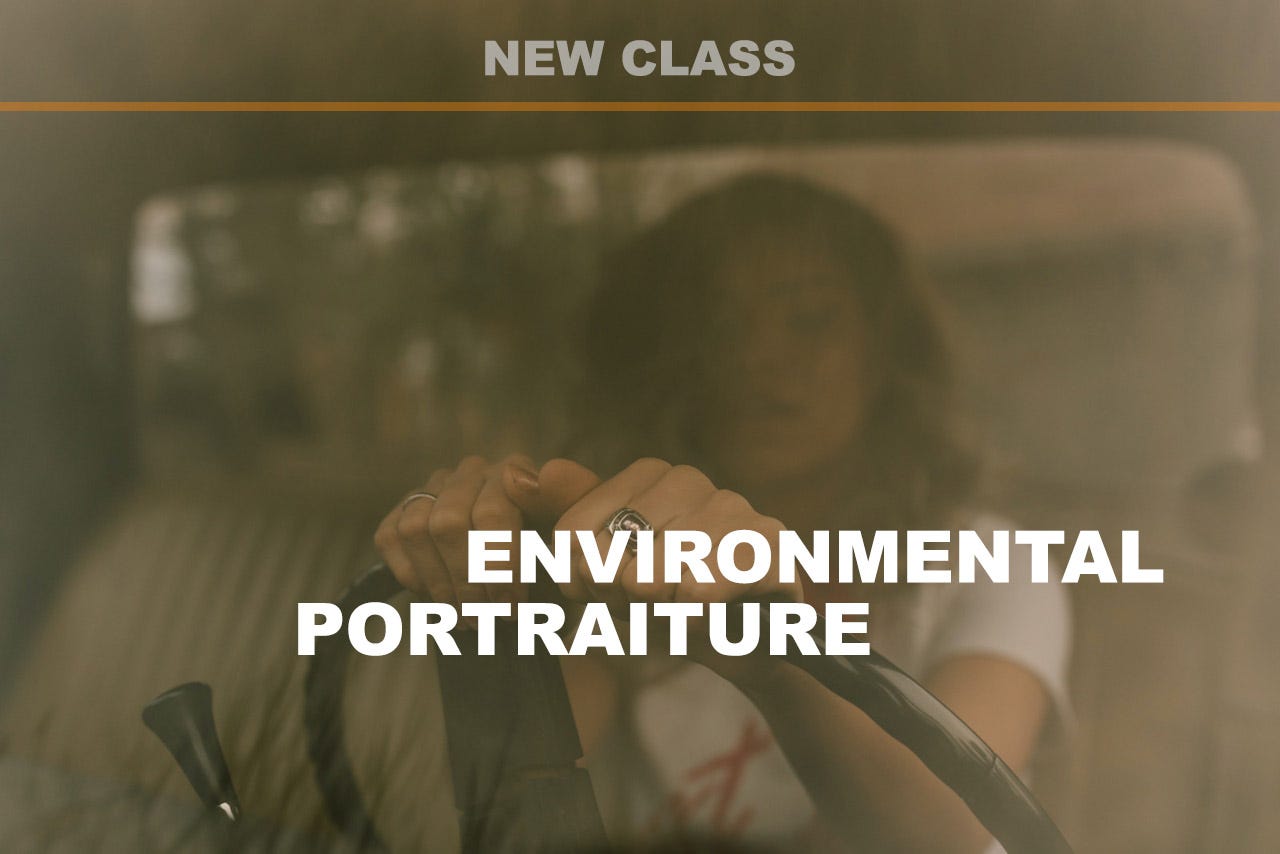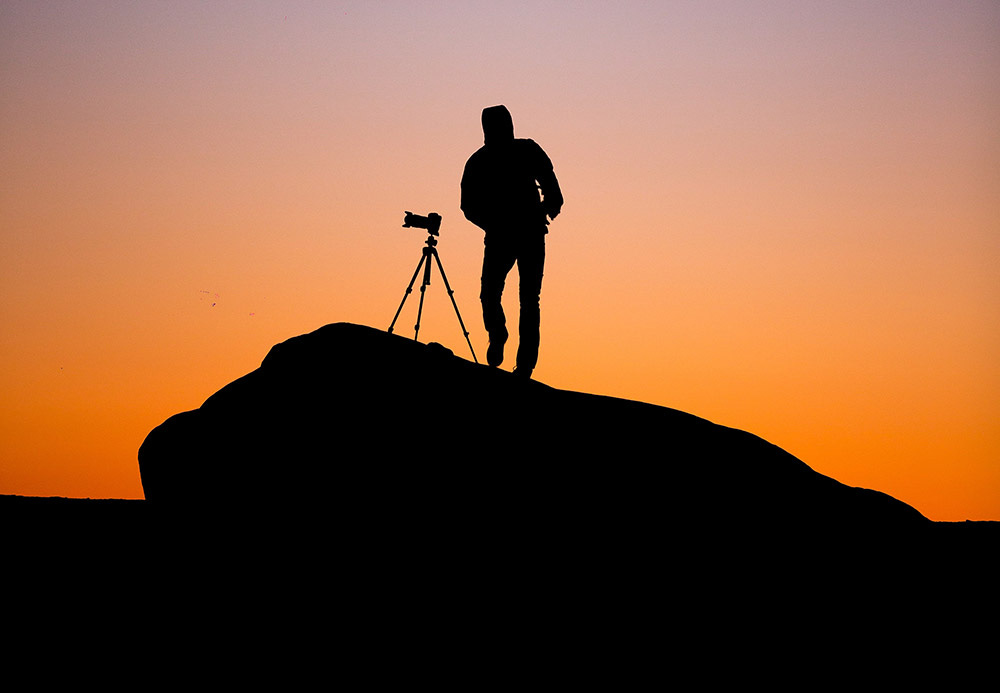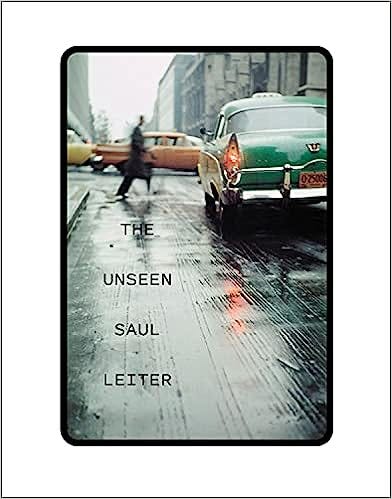Should We Work Above or Below "The Bar?"
We have all spoken about “the bar”. That mythical place that lives above mediocre.
Happy Sunday, everyone!
I'm glad to have you along this week.
“The Bar”
“We’ve lowered the bar to becoming a world-class consultant,” the Facebook ad blares at you.
“Raising the bar on what it means to be a professional photographer!” the camera companies scream in an attempt to get your attention.
“Have we lowered the bar for admissions into our organization?” the marketing manager whines to his CFO about an underachieving department.
The often mentioned, but never seen “bar”.
I have a theory about the “bar”, and what we do with it in photography.
I have a “raised the bar” story and a “lowered the bar” story.
But before we begin, we must agree that there is a ‘bar’ somewhere – even if it only exists as a mental view of some sort of delineation between excellence and “pretty good”.
In the 20th Century, the bar was fairly fixed. A man or woman would enter the workspace and do what was expected of them in whatever channel they had ended up in. Whether it was to become a C-Suite leader, or simply stay in the job long enough to retire and buy a boat, the channels were set.
Definitive.
Those who were not interested in joining the channels, or instead preferred to launch on their own path had very high hurdles to overcome. The baseline has been established, and we must follow the rules in order to reap the rewards.
The bar for success had been set and, in some ways, welded down.
But (luckily) we had those who struck out to do something their own way.
They created the paths we follow, both well-worn and brand-new.
Accepting the world as it was without question was anathema to their sensibilities.
They wanted to challenge the status quo, push the envelope, dance on the precipice of greatness.
And with each decade, the bar was raised a bit more, and the new became the normal, and the normal became the forgotten.
They could have rested on their laurels, basking in the knowledge that they had beaten the odds and done something truly special.
Instead, they became the ‘movers and shakers’ of the century.
Whether it was Coltrane in jazz, Einstein in physics, Martha Graham in dance, or the myriad of scientists who worked above the bar to put humans into space, they did it their way.
Cue Frank:
The masses found the bar, whether elevated or lowered, to be a sort of comfort tool.
They would try to get over it or live within its laws.
Then, one day (it seems), the internet came about.
What this means for photographers is just now being understood.
The internet raised the bar for excellence.
Almost instantly, agencies from all over the world could have access to the best and brightest without necessarily being hampered by geography or time.
Photographers began marketing to clients in near real-time. And the consumers began seeing more photographs in a single day than they may have consumed in a month under the old rules.
The internet lowered the bar on what it takes to become a photographer. Digital helped, of course, but the incredible insurgence of poorly educated, poorly equipped, and barely visually literate ‘personalities’ began to sway the public toward a new bar of excellence. One that didn’t reward individualism, but instead demanded visuals that looked for all the world like everyone else’s.
Photography became a comfortable visual communication tool, and the bar was set to allow that basic level of visual mediocrity to thrive.
We all have to choose where it is, how to work with it, and whether we will live below or above the bar.
Below the bar lives the online guru crowd. Funky haircuts, clickbait headlines, absolutism, and controversial dramas. and the cult of personality plays a huge part in this arena.
Much of Facebook, most of Instagram, and too much of TikTok, and Youtube have one thing in common. And that commonality is simple commonality.
And when someone comes along and does something truly special, we see it as going viral.
But we also see viral videos of kitties, hockey fights, and car wrecks.
So while going viral may indicate something special, in actuality, it doesn’t mean the work is valuable in any sense.
There are too many photographers living under the bar who should be living above the bar.
Consumerism is a below-the-bar activity, while being an artist can be lived above the bar – in fact, it MUST be lived above the bar in order to be valid and able to provide an income.
And below-the-bar photographers can obviously thrive with their comfortable, common work. There is nothing inherently bad about doing so. Nothing at all.
But below the bar, what we do as photographers is provide content.
What we do above that same bar is create art, explore new ways of seeing, present solutions that change lives, and create a new sort of order in the universe.
Most of our clients will want us to work below or at the bar. Yep, that is comfortable and provides enough visual capital for them to sell their widgets. It provides us with much-needed cash flow and helps us create our own art on a different plane.
Become intensely interested in things outside your closely held comfort zone. Find new ways of using the tools we all have to create ways of engaging people and making them see things differently.
It means we shoot more.
It means we edit more ruthlessly.
It means we challenge ourselves to do more than we did yesterday – even if it is only 1% more.
It means we print more. (Printing means making lots of choices and committing to those choices.)
It means we archive more.
In the end, it means we stay where we are less comfortable.
Above the bar.
In the rarest of air.
Two Portraits
It was nearly gale-force winds that day.
OK, that was probably an exaggeration, but the wind was pretty brutal.
The antique dress gave the idea for the post-processing style.
A deep overcast meant I needed a wink of light, so in came a small umbrella with a “sock” scrim. A second speedlight was behind her quite a ways in order to just have a wink of edge lighting.
This portrait was created outside of a garage in Florida. It was December, but it was still nice and warm there. The young lady had this jacket, and I wanted to use the fur and leather for contrasting textures against her nearly perfect face.
Two whiteboards: one in front of her, and one on camera left provided a large white surface for the leather and her face to reflect. It is important to note that the whiteboards were NOT in direct sunlight. They were in the shade with her. Bounce cards work well in the shade. You don’t always have to have bright sunlight on them.
Project 52 and Mentorship Images
These are images from the mentees and the P52 students this week.
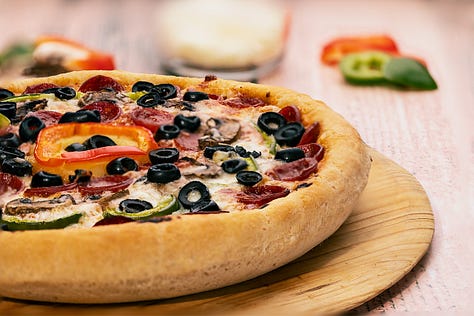
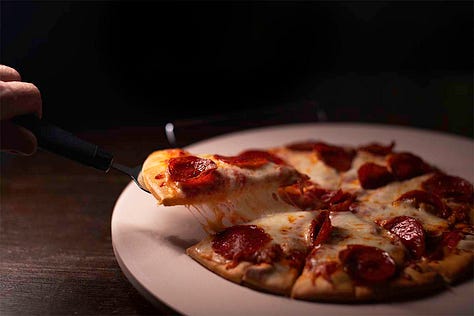


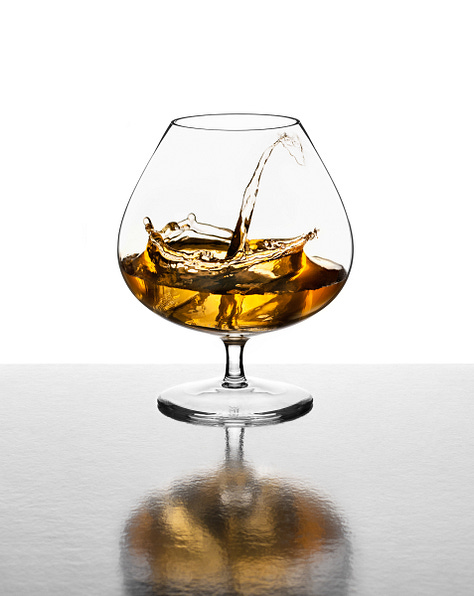
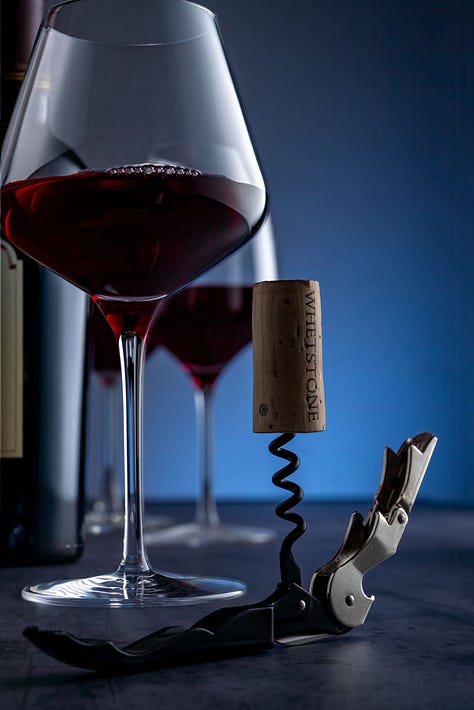
Left to right:
Mike Mortellaro, Terisha Theisen, John Conway
Denghang Xue, Jan Sohlke, Ken Lamb

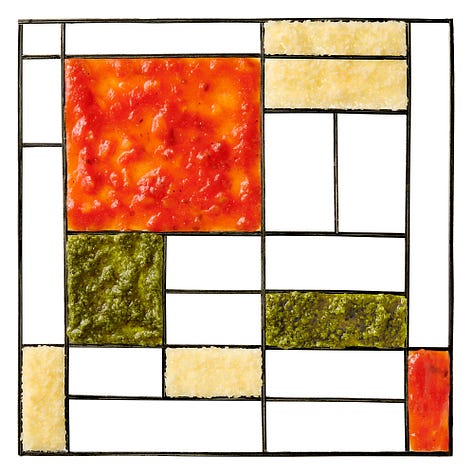

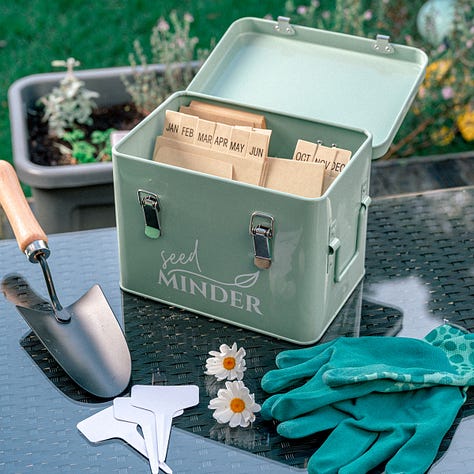
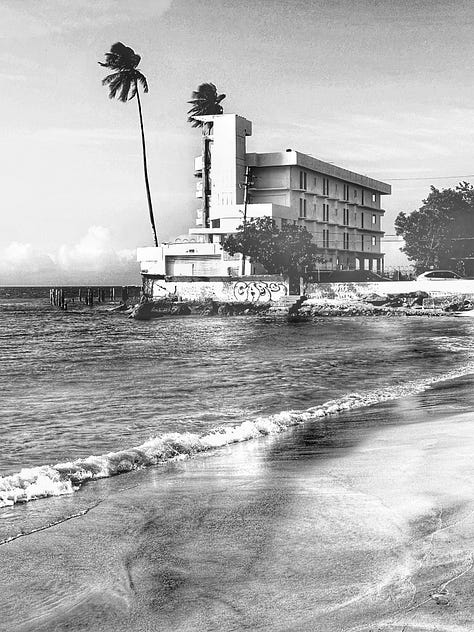




Top left to right:
Mikala Frietas, Amy Roth, Amy Roth
Carolyn Acuna, Jay Chatzkel, Derrick Rose
Jennifer Arce, Ling Messer, Jennifer Arce
I have two openings for the Environmental Portrait Workshop. We have a lot planned for this workshop. No matter where you are on your photographic journey, you will become a better photographer after this class. I promise.
Other writing.
Cleaning out the garage can unleash many forgotten items.
I found a cache of old images, some large format transparencies once feared lost, and a short story I wrote in 1995.
Storm 24 is a quiet little story that can be taken many different ways. It’s at Medium. Let me know if you all would like to read some fiction from me. From 1995.
Oppressive Heat, Sore Butt, Dehydrated, and Thrilled to Be Here is a travel article about riding a motorcycle during a heat wave in Northern Arizona.
At Boom: Creatives are saying social media is over… so what next?
Like any new craze, it was fun for a while. But there's certainly nothing new about it any more. Facebook's now been around for almost two decades. Twitter's 17 years old. Even Instagram has reached its teens. And while many of us joined these platforms during their fun, "anything goes" eras, when everything was about the users, now it's all about the algorithms and their use to make venture capitalists vast amounts of money.
New social platforms are, of course, being launched all the time. At the start of this week, we published our guide to Bluesky Social, and since then Meta has launched Threads. But will these platforms breathe new life into social media? We're not convinced.
Read the whole thing.
I have never been a fan of social media taking the place of traditional, real-world marketing techniques.
What do you think? Is it sunset time for Social Media and marketing for artists? Let me know and I may print it in a forthcoming issue.
I am loving my new Saul Leiter book.
Full of photographs and narratives about the work, the images, and the remarkable life of this amazing photographer.
Now firmly established as one of the world’s greatest photographers, Saul Leiter (1923–2013) was relatively little known until the 2006 publication of Saul Leiter: Early Color, when he was already in his eighties. Choosing to shoot in color when black and white was the norm, Leiter portrayed midcentury New York’s street life with a gorgeous painterliness that evoked the sensuality of his Abstract Expressionist contemporaries Rothko and Newman. His studio in the East Village, where he lived from 1952 until his death in 2013, is now the home of the Saul Leiter Foundation, which has commenced a full-scale survey of his more than 80,000 works.
This volume contains works discovered through this project―specifically, color photography from slides never before published or seen by the public. It is edited by Margit Erb and Michael Parillo of the Saul Leiter Foundation, and is embellished with texts that describe how Leiter assembled his slide archive and how it is being catalogued and restored.
That’s it for this week.
Please feel free to comment or send me any questions you may have.
If you are not a member of the premium membership, take a look at it. We do a lot of extra stuff for them, as well as the weekly Project 52 Pro Legacy Assignments.
See you next time.




